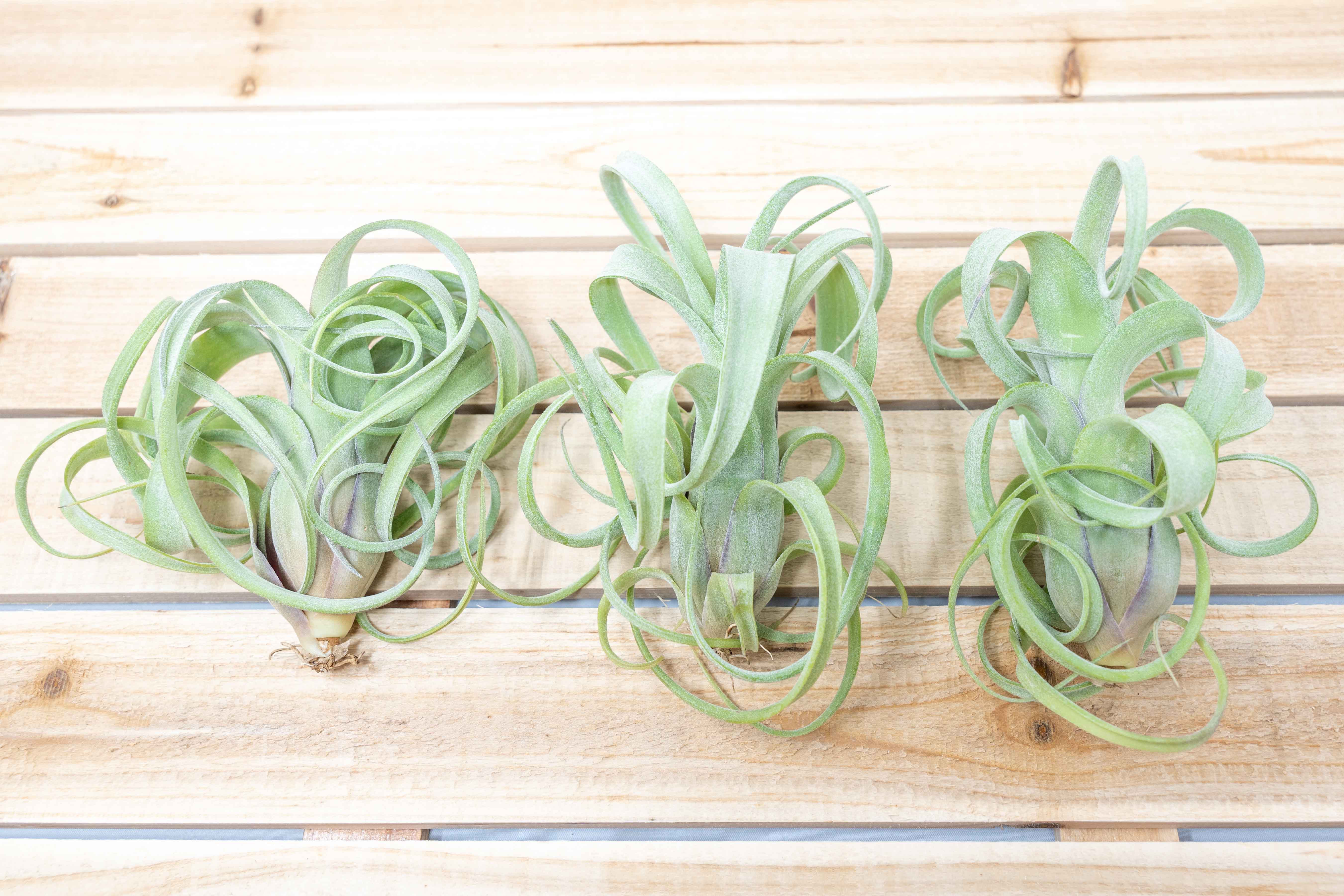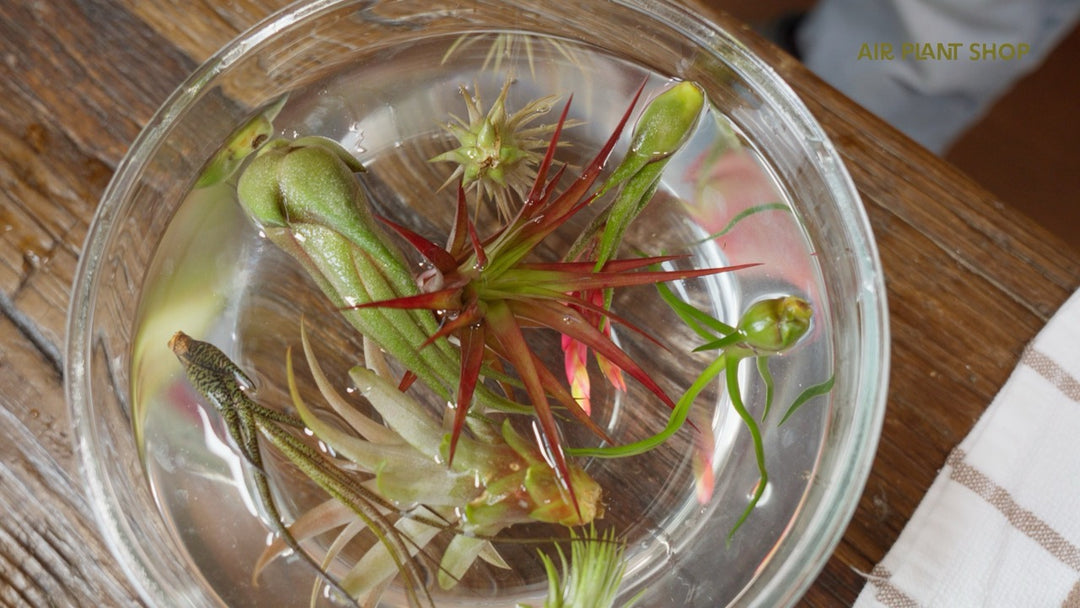Humans consume massive quantities of food and drink to sustain life. Air plants have adapted to do the same in such a way that allows them to live and thrive in extreme environments. Unique evolutionary adaptations have allowed Tillandsia the ability to regulate and store nutrients and moisture.
Because air plants come from different ecological climates, we will break them down into two different climate groups: Xeric and Mesic. Xeric tillandsia, like Xerographica and Harisii, live in dry, drought prone climates where water can be scarce for long periods of time. Mesic tillandsia, like Bulbosa Belize and Streptophylla, live in wetter climates that get more regular rain, fog or mist. Because these are vastly different environments, tillandsia have evolved in different ways. Read more About Mesic and Xeric Tillandsia.
Transporting Nutrients From Air to Plant
The plant structure for both types plants have similar components. They all have an epidermis and a hypodermis that make up their “skin.” The epidermis is the outside skin that protects the water-storing hypodermis. Xeric plants have to store more water like a camel than mesic plants so they usually have thicker hypodermis. Most air plants in commercial production today fall under the Xeric climate group . Xeric tillandsia also have more
trichomes than their mesic brothers and sisters because they have to rely on them more for water and food collection. Mesic tillandsia have fewer trichomes that are more spread out because they rely more on catching water and nutrient-rich detritus in their axils (spaces between leaves at the base of the plants.) Nutrients and moisture are then transported throughout the plant using very complex “vascular” systems. These distinct differences exemplify the amazing adaptations that have allowed air plants to live in challenging and ever-changing climates.
What Do They Do with the Food & Water?
Like other plants, Tillandsia need energy to maintain and create new plants cells that make up the body of the plant. Photosynthesis is a method used by most plants to convert inorganic substances like sunlight, water, CO2 and minerals into energy. Photosynthetically Active Radiation or PAR is taken in through the plant's skin cells and through a complex process converts it to sugars. These sugars can be broken down, stored and used to energize the plant. Energy is used to create new leaves and maintain its health. Extra energy is needed to bloom or reproduce. When living in the wild nutrients and minerals leach out of the trees, wood or rock on which the plants live. Water carries these nutrients to the plant where it is absorbed. When in a house or a greenhouse this system is 100% in motion but we can supplement the process with fertilizer.
What Does My Plant Need to Thrive?
Air plants are hungry for Nitrogen, Potassium and Phosphorous among other minerals. Regular plant fertilizers have these in it but not in the right form or ratios. For most plants, the nitrogen component of fertilizer is broken down in soil in order for plants to consume it. Air plants do not live in soil so they must obtain nitrogen in a different way. Ammoniacal and Nitrate Nitrogens can be consumed immediately and without being broken down by soil. Only fertilizers for Epiphytes have the correct amount of the minerals that directly benefit air plants.
Air Plant Fertilizer
Our water soluble fertilizer is made specifically for air plants. A community of air plant growers and enthusiasts throughout the Americas assisted in the formulation of our unique air plant fertilizer. Trials were conducted which measured pup-production, growth, and blooming cycles. Only a very small amount of fertilizer concentrate is required. Just mix one-quarter teaspoon with one gallon of water and it will last you several months if you use the soaking method when you water. Some people prefer putting this mixture into a spray bottle for easy use -- Just make sure to mixture is completely diluted before spraying. Fertilizing your plants while giving them bright light and abundant water is the best way to encourage blooms and blushing. It is also the best way to promote pups or new plant buds.
1 comment









Hi guys!! I’ve ordered air plants from you twice. I love them, they’re growing and doing well. Now I’m ordering food for them
I’ve used all the food I got with my first order.
Thanks a bunch Gloria
Leave a comment